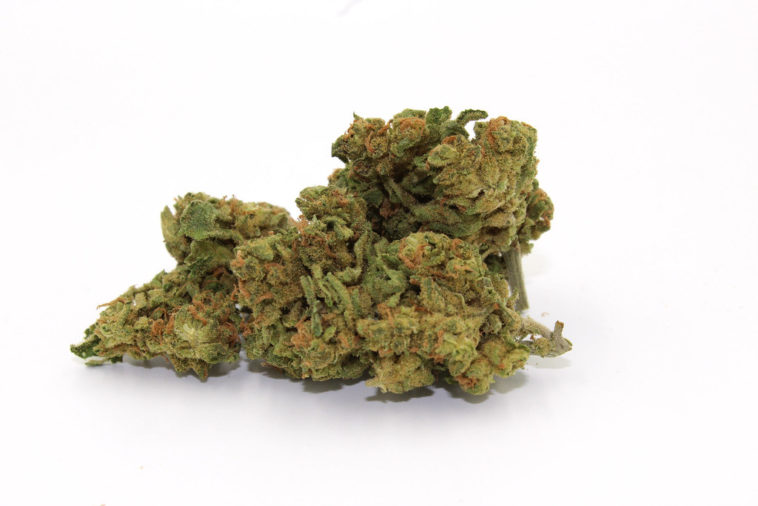The Global Weed Market in 2025 – Growth, Trends, and Future Projections
The cannabis industry has undergone a dramatic transformation over the past decade, evolving from a niche market into a booming global sector. In 2025, weed continues to gain mainstream acceptance, fueled by medical research, recreational legalization, and technological advancements. This article explores the current state of the global weed market, the key trends driving growth, and what the future may hold for this rapidly expanding industry.

Market Size and Current Growth
The global cannabis market is projected to exceed $60 billion by the end of 2025, according to industry analysts. North America remains the largest market, thanks to widespread legalization in the United States and Canada. Europe is emerging as a strong player, with countries like Germany, Malta, and the Netherlands paving the way for regulated markets. Meanwhile, Latin America and parts of Asia are beginning to adopt medical marijuana programs, signaling a shift toward global normalization.
Medical cannabis accounts for a significant portion of revenue, but recreational sales are growing at a faster rate in regions where legalization has occurred. The trend is clear: as stigma fades and regulatory frameworks mature, consumer demand continues to rise across diverse demographics.
Key Trends Shaping the Cannabis Market
Let us take a look at the most prominent of the trends that would shape the marijuana market in 2025.
Expansion of Legalization
One of the most impactful trends in 2025 is the continued wave of legalization. More U.S. states have moved toward legal recreational weed, and federal reform discussions are ongoing. Internationally, countries like Thailand, South Africa, and Mexico have advanced cannabis laws, opening up new opportunities for businesses and investors.
Rise of Cannabis Wellness and Health Products
Consumers are increasingly viewing weed as part of a broader wellness lifestyle rather than just a recreational indulgence. Products infused with cannabinoids like CBD and minor compounds such as CBG and CBN are popular in skincare, supplements, and stress relief products. This health-oriented shift has opened the door for new product categories beyond traditional smoking and vaping.
Growth of Edibles and Beverages
Cannabis-infused foods and beverages are gaining popularity, especially among consumers who prefer smoke-free options. Major beverage companies are exploring marijuana-infused drinks as a new category, and gourmet edibles have become a staple in markets like Canada and California. This trend is expected to accelerate as regulations around consumption methods loosen.
Technological Innovation in Cultivation and Retail
Technology is transforming every aspect of the cannabis industry, from seed to sale. Automated cultivation systems, data-driven growing techniques, and AI-based inventory management are improving efficiency and consistency. In the retail sector, e-commerce platforms and delivery services have surged, making weed more accessible to consumers in legal markets.
Sustainability and Eco-Friendly Practices
As the market grows, so does the need for sustainable cultivation practices. Companies are investing in energy-efficient lighting, water conservation methods, and biodegradable packaging to reduce their environmental impact. Eco-conscious consumers are increasingly favoring brands that demonstrate a commitment to sustainability.
Challenges Ahead
Despite rapid growth, the industry faces significant challenges. Regulatory uncertainty remains a major hurdle, especially in the U.S., where weed remains federally illegal. Banking restrictions, taxation issues, and inconsistent international regulations complicate operations for businesses. Additionally, the black market continues to compete with legal sales in many regions, putting pressure on licensed operators to stay competitive.
Future Projections for 2025 and Beyond
Looking ahead, the marijuana market is expected to continue its upward trajectory. Analysts predict broader legalization in Europe and Asia over the next decade, as well as increased acceptance of cannabis-based medicines by healthcare providers. Product innovation will likely focus on precision dosing, fast-acting formulations, and wellness-oriented solutions.
The role of cannabis in global culture is also evolving. As stigma declines, weed is moving from the margins into the mainstream, influencing everything from culinary trends to social wellness practices. For investors, entrepreneurs, and consumers, the future of weed looks promising, but success will depend on navigating regulatory landscapes and meeting evolving consumer expectations.
The Global Weed Market in 2025 – Growth, Trends, and Future Projections Read More »










